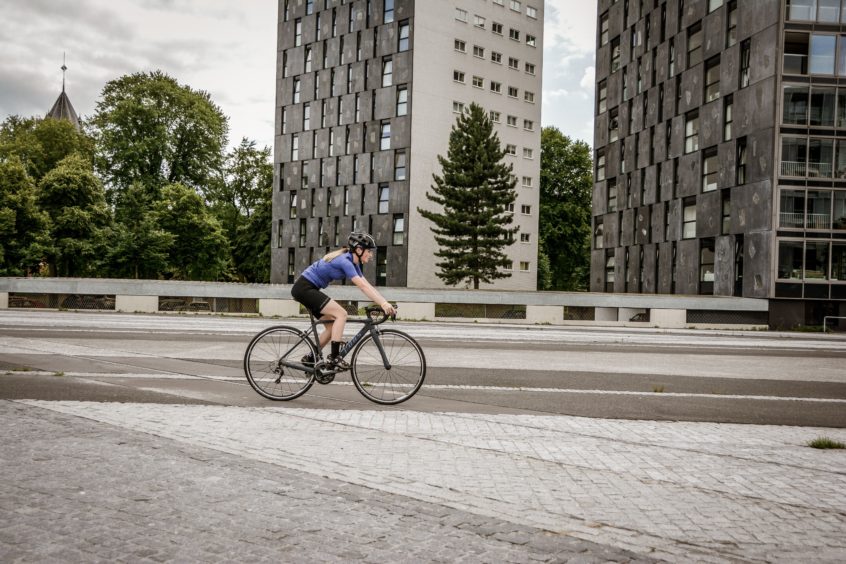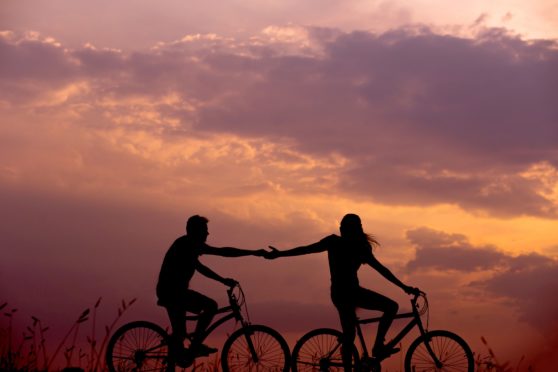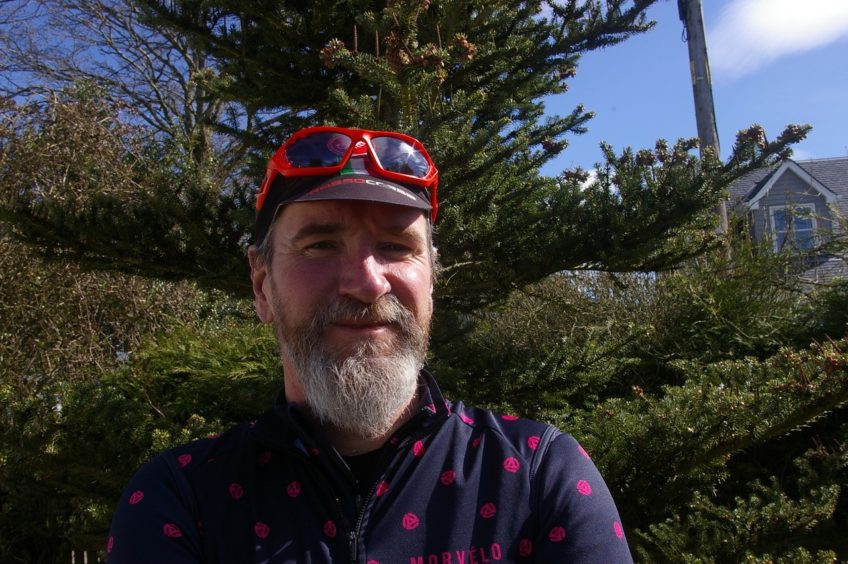A few nights ago I had a virtual bike ride arranged for a group of friends. Our plan was to meet online at 7.15pm and connect to the virtual cycling platform, ride for an hour with a chat through a gaming app.
Just before the start of the ride one of my friends, who works in our local bike shop, messaged me to say: “Sorry, can’t make it tonight. Working late and then some.”
Accompanying his message was a photo of the pile of bikes at the back of the shop that he worked in that were still awaiting repairs.
The next day the shop posted on social media that their storage yard was starting to resemble an Amsterdam bike park, so with the exception of essential workers, for the time being they were not taking any more bikes in for repairs.
If you have had the opportunity to get out locally for your daily hour of exercise, you will have noticed a huge increase in the number of people out and about on their bikes.
The small country lane that I live by – usually more used to motorised traffic cutting through to get from one village to the next – is now virtually devoid of cars.
Instead, it has a constant stream of cyclists out pedalling past our front gate.
I can imagine many people are venturing into the depths of their shed and pulling out flat-tyred, cobweb infested steeds that must have felt they were destined for the knacker’s yard, only to find they were getting a quick wash, their tyres pumped up and given a new lease of life on the local roads and trails.
I can also imagine how many of those bikes would need more remedial repairs from the local bike shop before they could get back to work of transporting their riders.
It will be interesting to see, once restrictions are lifted, if bicycle use remains as high as it is now. Certainly it is a great form of exercise and the lack of traffic on the roads at the moment makes riding very pleasurable.
But when things go back to normal will cars fill the roads again and those bikes be consigned once again to sheds and garages?
Certainly, across Europe, major cities are giving over more space to cyclists. Berlin is creating pop-up cycle lanes and widening existing ones to allow cyclists more space to maintain a social distance.
The scene was such a success that 133 other German cities have formally submitted applications for similar bike lanes in their local authority area.
Environmental groups are now increasing the momentum of this initiative as new research in the US is linking high levels of air pollution to increased Covid-19 mortality rates.

Effectively, this pandemic is demonstrating that clean air is an indispensable asset to the health and well-being of our population.
It would be sad and counter intuitive, when this is all over, to repeat our mistakes of the past and return to the same old transport infrastructures that have increasingly been failing us over the last number of decades.
Let’s hope that everyone who is rediscovering the joy of riding a bike continues to do so over the coming months and years so we can all enjoy the benefits of improved health, quieter roads and reduced air pollution as a result.
Cycling miscellany
Three things to check on your bike before you ride:
Brakes: Both brakes should work properly. Check them before you ride by pushing the bike forward. As you squeeze the right (front) brake the back wheel should lift. Push the bike backward and squeeze the left (back) brake and the front wheel should lift. If they don’t then the brakes need adjusted.
Tyres: Tyres should be pumped up to reduce the risk of punctures and make pedalling easier. Check the required pressure on the side of tyres on your bike.
Chain: Although fairly robust, chains can snap and if rusted the links will sieze. Buy a eco-friendly lubricant and apply a small amount to each link on the chain to keep it running smoothly.











